Disclaimer: This blog post contains affiliate links. If you make a purchase through these links, I may earn a small commission at no additional cost to you. Learn More. Thank you for supporting our garden community.
How to Ripen Tomatoes on the Vine
As the summer draws to a close, it’s essential to make the most out of your tomato harvest. Tomatoes are a quintessential summer crop, and ensuring that all remaining fruits ripen before the season ends is crucial. In this article, we will explore effective techniques for how to ripen tomatoes on the vine. By following these methods, you can ensure a bountiful and flavourful harvest.
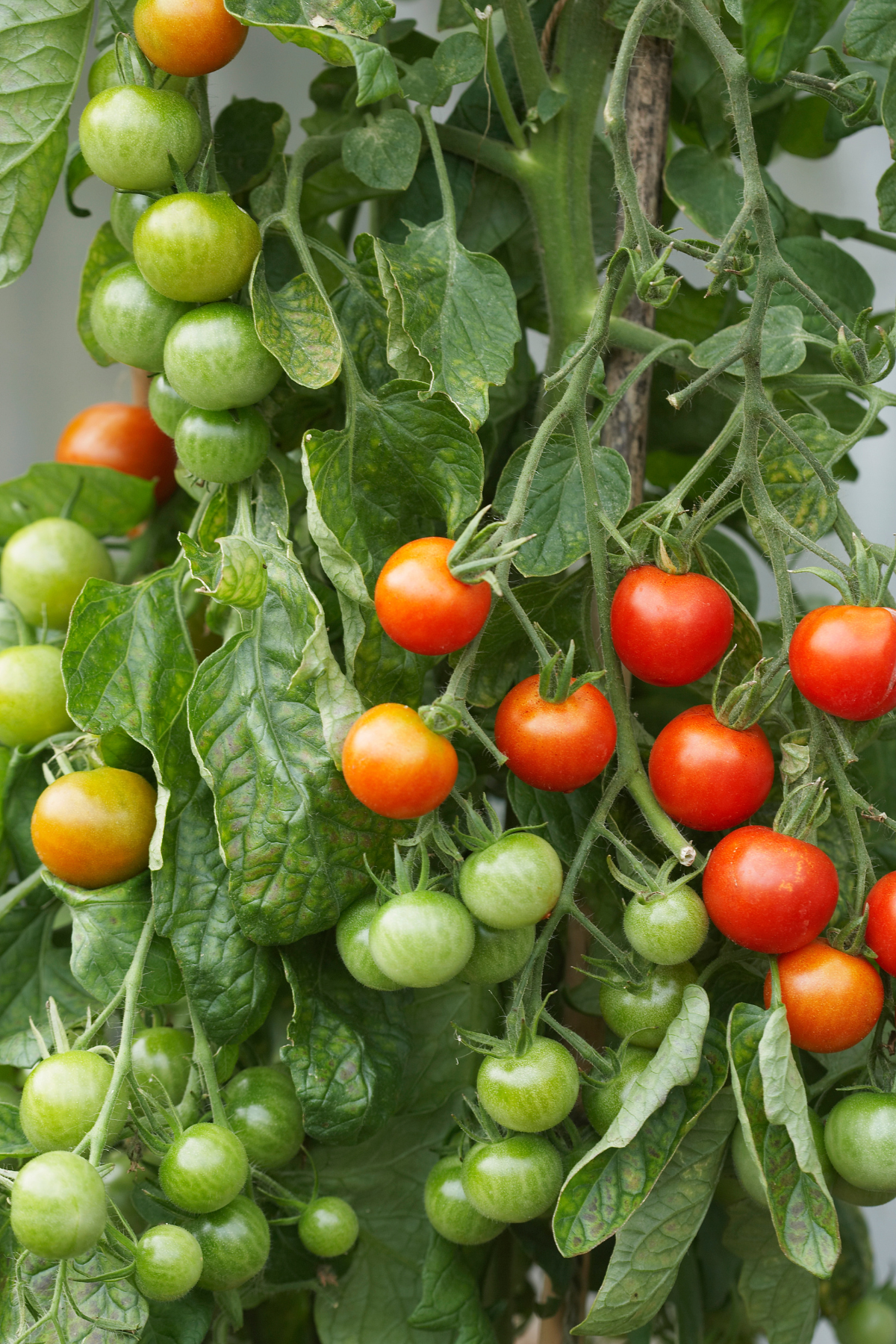
The summer season is coming to an end, meaning we need to make the most of our summer crops before the frost kills them!
How to Ripen Tomatoes on the Vine
You will learn about various methods to expedite the ripening of tomatoes on the vine as the summer season ends. The techniques include removing tomato suckers to focus the plant’s energy on the fruit, taking off underdeveloped tomatoes to boost the ripening of the larger fruits, and pruning the upper branches of the plant to encourage energy redistribution toward ripening the existing tomatoes.
Proper watering and ensuring sufficient sunlight are also highlighted as critical components for the optimal ripening of tomatoes. Overall, this post aims to guide gardeners in maximizing your tomato harvest by speeding up the natural ripening process before the cold weather sets in.
Removing Tomato Suckers
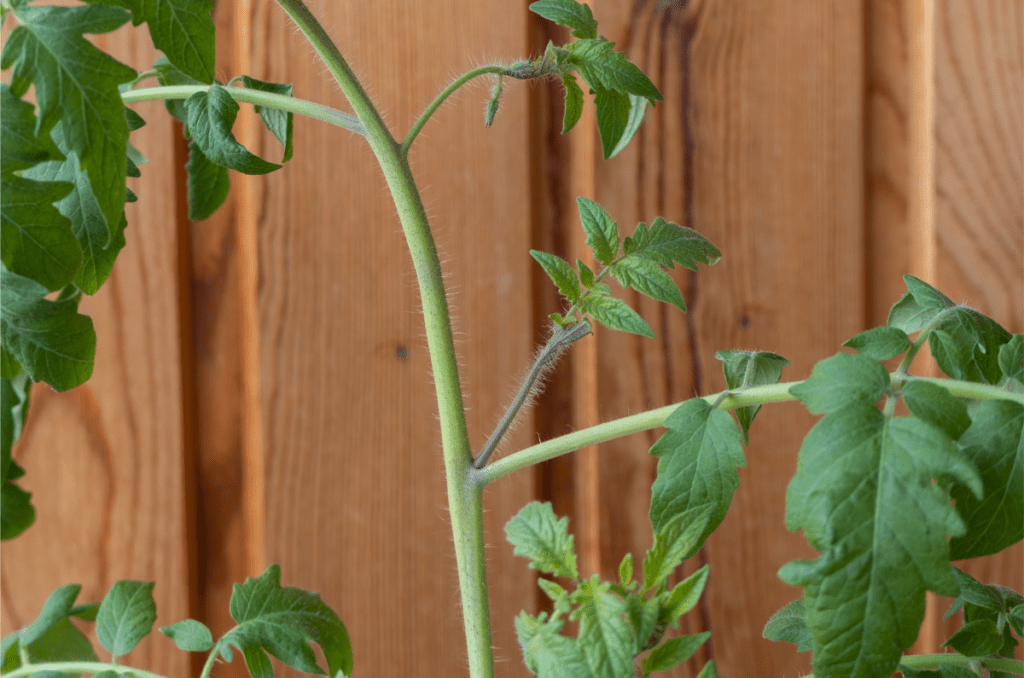
One effective method to promote fruit ripening is by removing suckers from the tomato plants. Suckers are small shoots that emerge from the junction between the main stem and the leaf nodes. Sometimes, suckers appear on the leaves and fruit clusters themselves.
These suckers divert energy away from the production of ripe tomatoes, slowing down the ripening process. By carefully identifying and removing these suckers, you allow the plant to redirect its energy towards the existing fruit, encouraging faster ripening.
On the other hand, I do recommend leaving a few tomato suckers on at the beginning of their growth, but not this late in the season.
Removing Underdeveloped Tomatoes
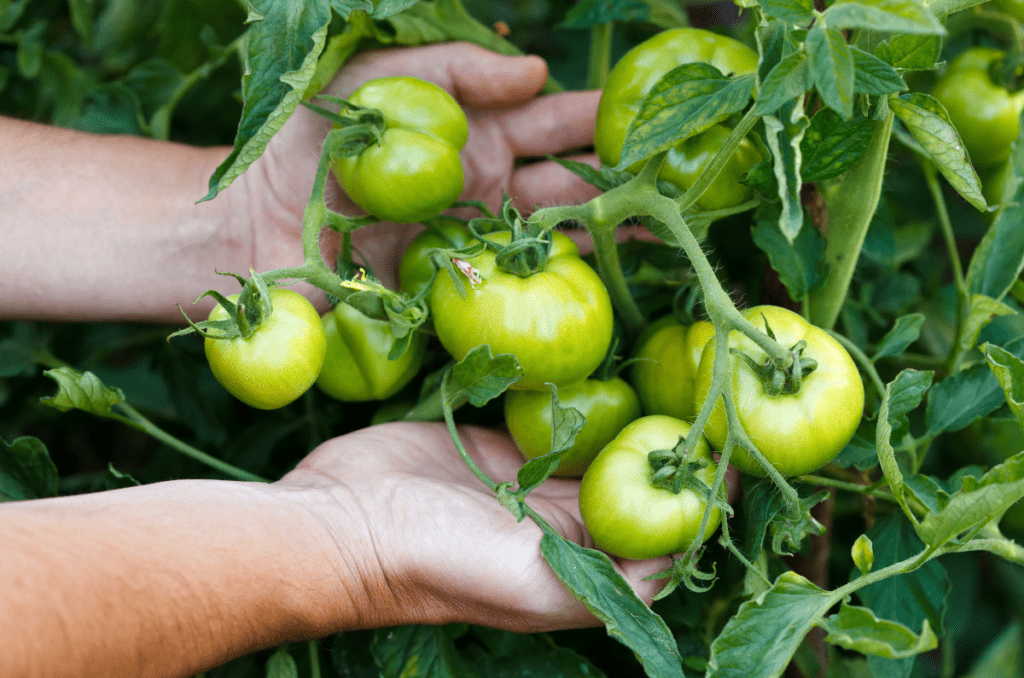
Another technique to facilitate quicker ripening is by removing smaller, underdeveloped fruit from the tomato plants. While it may seem counterintuitive, removing these smaller fruits actually helps redirect the plant’s energy to the larger tomatoes.
By eliminating the underdeveloped fruits, the plant can focus its resources on the remaining bigger ones, accelerating their maturation. This practice ensures that the tomatoes reaching maturity are plump, juicy, and full of flavour.
Pruning the Tops of Tomatoes
Pruning the tops of tomato plants is a well-known method for boosting fruit ripening. By trimming off the upper branches, you encourage the plant to direct its energy towards existing fruit. This technique is especially beneficial towards the end of the season when there are still unripe fruits on the vine.
Removing the upper growth allows the plant to channel its resources into ripening those tomatoes before the colder weather arrives. Remember to use these sterile pruning tools and make clean cuts to minimize the risk of disease transmission.
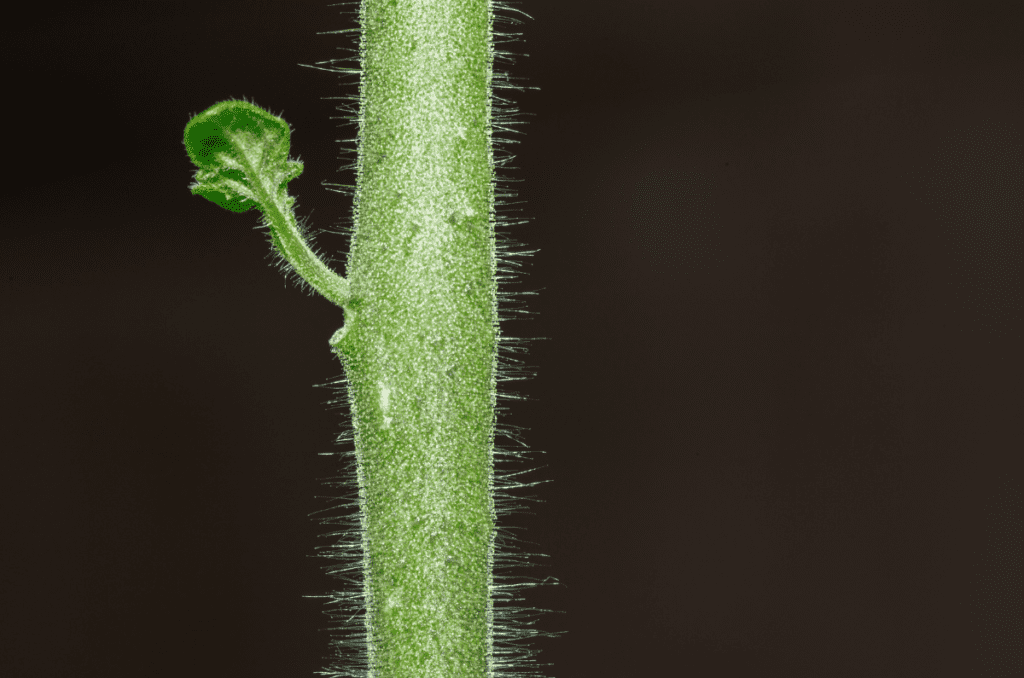
Ensuring Adequate Moisture and Sunlight
Proper moisture and sunlight are essential for the ripening of tomatoes. Irregular watering can lead to blossom end rot, inconsistent growth, and slow down the ripening process. Ensure that the soil is consistently moist but not waterlogged.
Regularly monitor soil moisture levels and adjust watering accordingly. Additionally, tomatoes require abundant sunlight to ripen properly. Choose a location for your plants (I know, the location is probably already set in stone) that receives at least six hours of direct sunlight per day.
If necessary, consider pruning surrounding plants or removing obstacles that may block the sunlight from reaching your tomatoes.
Frequently Asked Questions
Ripe tomatoes will have a bright red (or other mature color depending on the variety) and should yield slightly to gentle pressure. You can also sniff the blossom end for a fragrant, tomatoey aroma.
Tomatoes continue to develop some flavor and sweetness as they ripen, even if picked slightly underripe. However, they won’t reach their full peak of flavor if picked completely green. If you have a late frost approaching, it’s okay to pick some tomatoes early so they don’t spoil on the vine.
Cool temperatures, lack of sunlight, and insufficient watering can all slow down ripening. Also, some tomato varieties may not ripen fully if planted too late in the season. 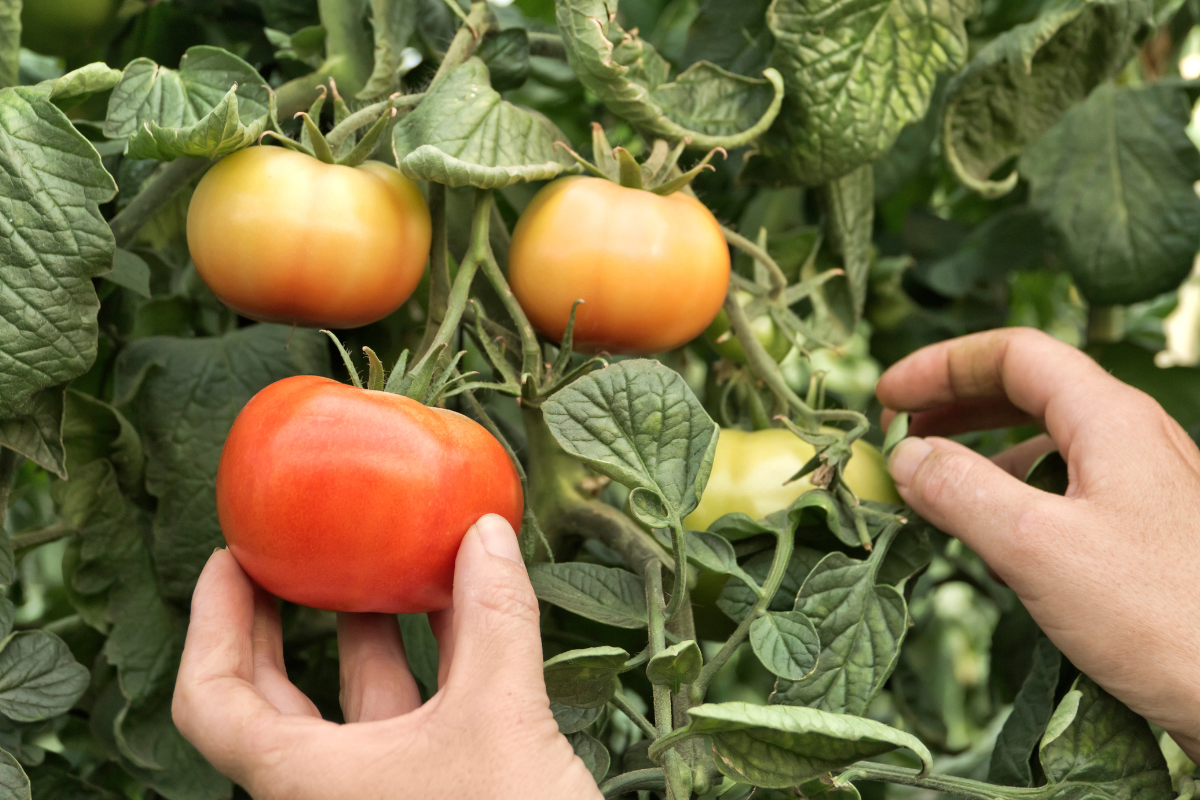
Products:
For all-purpose organic fertilizers, check out Arber.
For organic, non-GMO garden seeds, check out SeedsNow.
For a wide selection of garden plants, check out Nature Hills Nursery.
For gardening equipment, check out Bootstrap Farmer.
For gardening tools and supplies, check out VIVOSUN.
Conclusion
As the summer season comes to a close, taking the necessary steps to ripen tomatoes faster on the vine becomes crucial. By following the techniques mentioned above, such as removing suckers, redirecting energy by eliminating underdeveloped fruit, and pruning the tops of tomato plants, you can accelerate the ripening process and maximize your harvest.
Furthermore, remember to ensure adequate moisture and sunlight for optimal ripening conditions. By employing these methods, your tomatoes will reach their full potential, offering incomparable taste and satisfying sweetness on your plate. Happy gardening!
If you want to learn more about gardening, foraging, nature, and sustainability, check out The Real Gardener on Instagram, YouTube, and Pinterest.
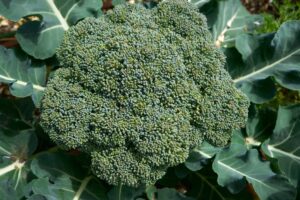
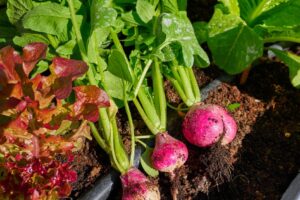
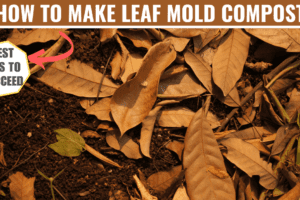
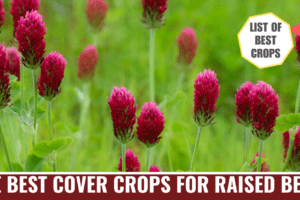
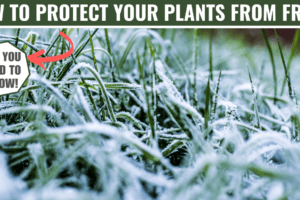
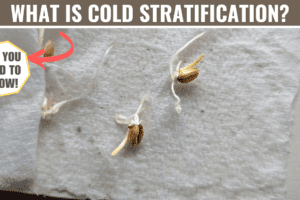
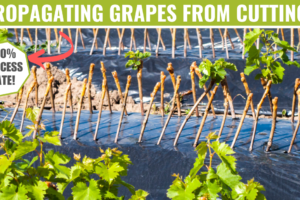
Leave a Reply